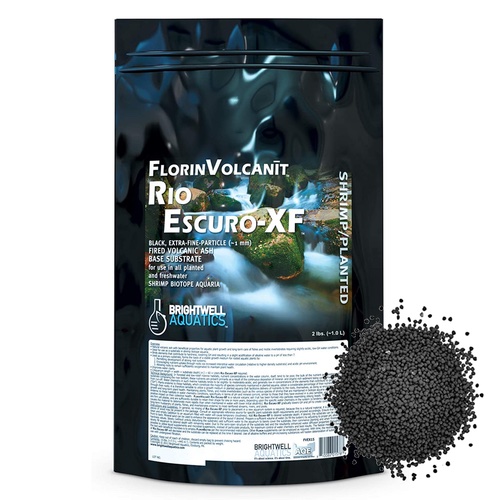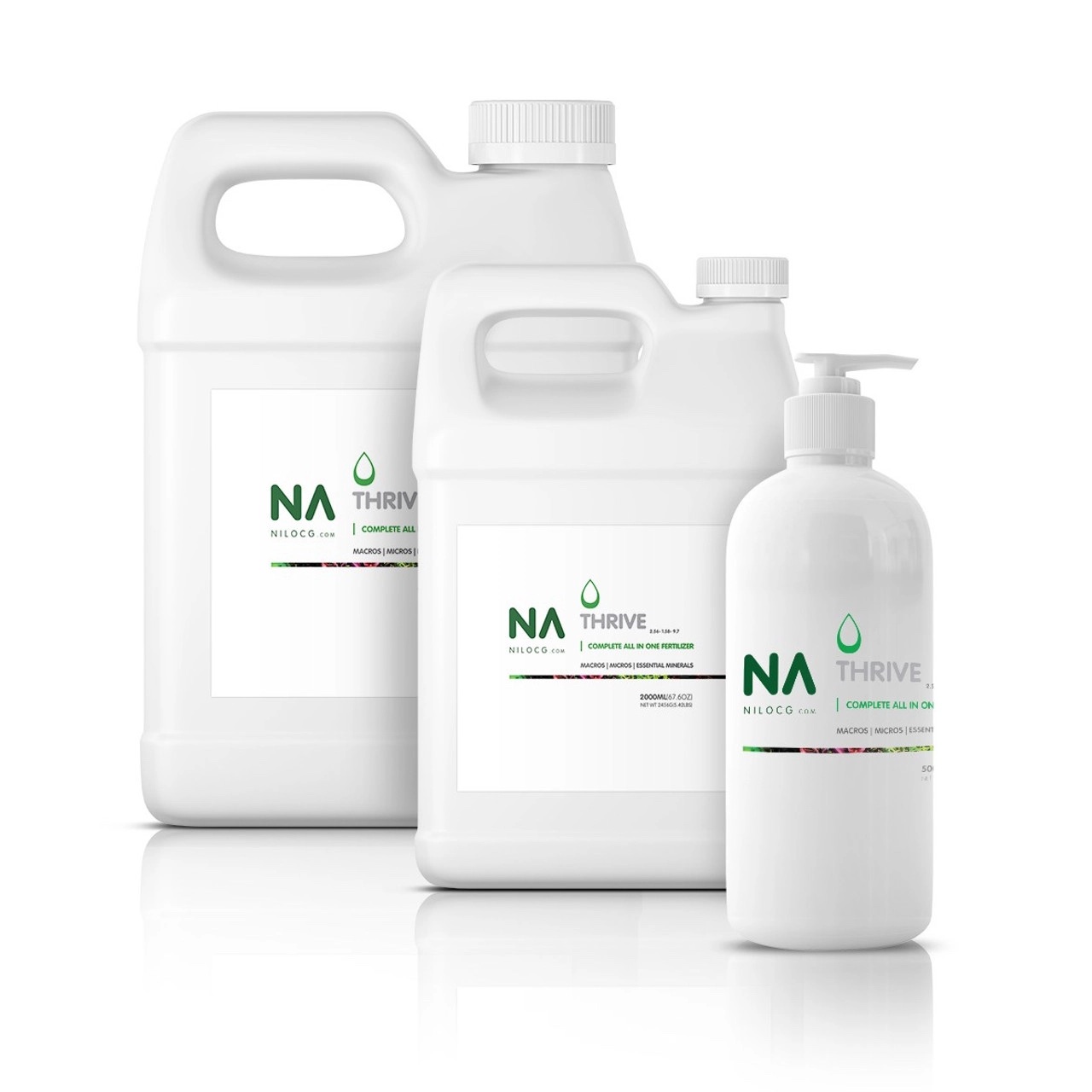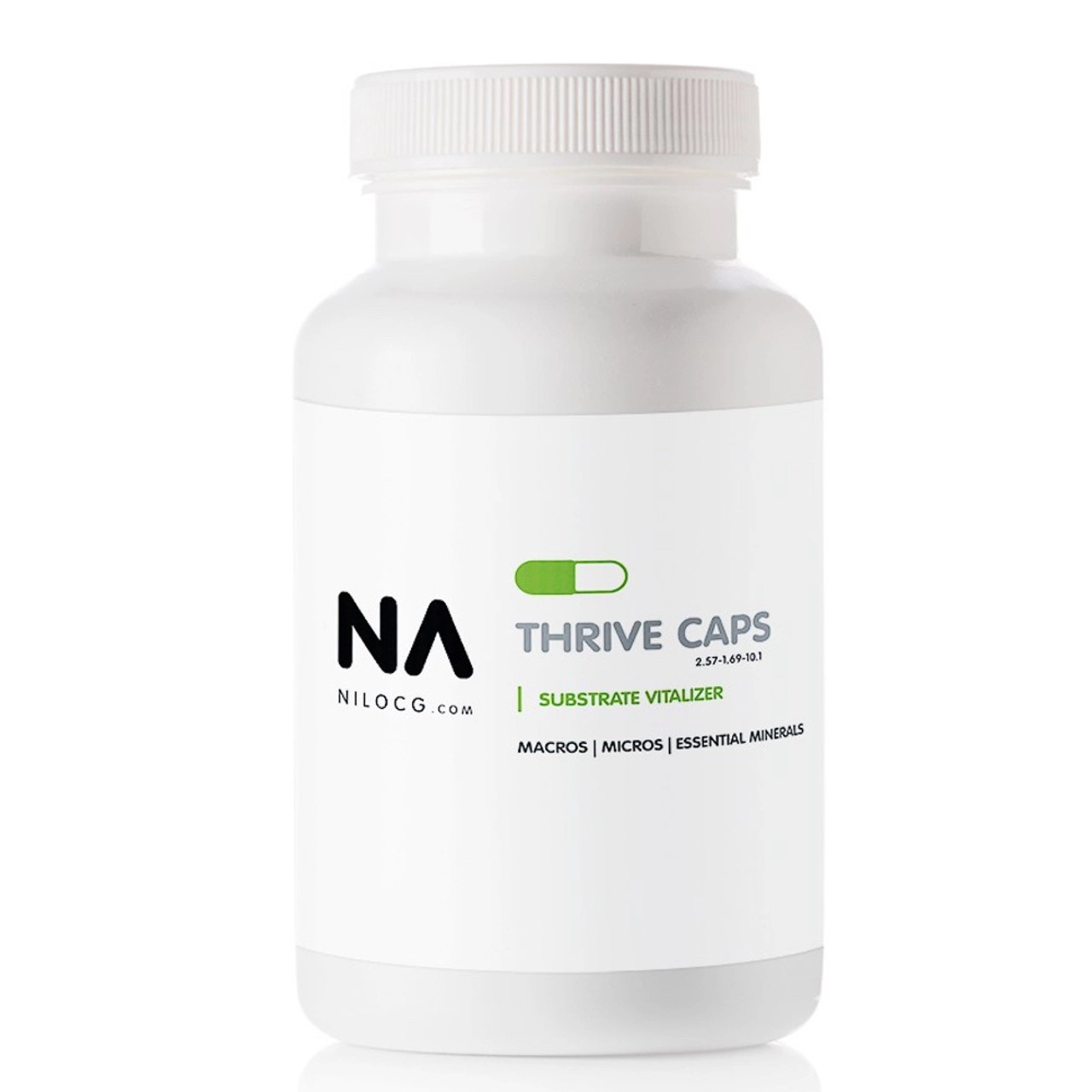How to Properly Feed Live Aquarium Plants in a Home Aquarium.
Posted by Artur Wlazlo on 20 Dec 2022
Some hobbyists may be forgiven for being confused by the large variety of nutrients plants need and the seemingly dizzying variety of commercially available fertilizers. Our discussion below attempts to simply your decision about what plant food to choose and how to properly dose it.
But, first, a brief discussion about plant nutrition. Live aquarium plants require nutrients to thrive. Plant nutrients are often categorized into two broad categories: macronutrients and micronutrients. Aquarium plants need macronutrients in larger quantities. Calcium, carbon, hydrogen, nitrogen, magnesium, phosphorus, and potassium are all macronutrients. On the other hand, micronutrients, also called trace elements, are nutrients that plants need in small quantities. Trace elements such as copper, manganese, iron, and boron, to mention just a few, are micronutrients. Aquarium plants need both types of nutrients to grow healthy.
There are different sources of nutrients for aquarium plants. For example, tap water, decaying fish food, fish waste, and substrate are all potential sources of food for plants. Many commercially available fish foods are particularly high in phosphate and potassium, and uneaten and rotting fish food may produce more nutrients than the plants can take up, leading to possible algae problems and water quality issues.
Aquarium plants absorb nutrients both through their leaves and roots. When supplying nutrients to plants in the aquarium consider these two different ways the plants take up nutrients. There are two different types of aquarium plant fertilizers: liquid fertilizers and root tabs. Both types can be used to supply aquarium plants with all of the nutrients they need.
NUTRIENT-RICH AQUARIUM PLANT SUBSTRATES
Some nutrient-rich plant substrates already come with the nutrients plants need to thrive. Unlike rotting fish food or fish waste, most of these nutrients are released slowly in small quantities and over an extended period, allowing the plants to consume them without the risk of over-fertilization. Nutrient-rich plant substrates are a great long-term solution for feeding aquarium plants.
Nutrient-rich substrates alone may not be enough, however, to meet all of your aquarium plants' nutritional needs. Over time, additional fertilization may be needed to recharge the substrate and ensure your plants' continued robust growth and excellent health. But this should not concern you greatly as there are excellent liquid fertilizers and root tabs, making this task rather easy.
LIQUID AQUARIUM PLANT FERTILIZERS
The dizzying variety of liquid fertilizers available in the hobby may be understandably confusing to some hobbyists. And, unfortunately, not all plant fertilizers are of the same quality, and the choice of which one to use matters. The mantra "you get what you paid for" is certainly applicable here as some "off-the-shelf" liquid fertilizers may not have the proper mix of nutrients.
Well-formulated liquid fertilizers can be very helpful in supplying all sorts of nutrients to aquarium plants in proper quantities, including macro and micronutrients. They should contain nitrogen, calcium, phosphate, potassium, magnesium, boron, copper, iron, and zinc, to mention just a few nutrients plants need.
Liquid fertilizers are an especially excellent source of plant food for stem plants which are generally very good at absorbing nutrients through their leaves from the water column. Hornwort, Anacharis, or Wisteria are particularly good at pulling nutrients from the water. Floating aquarium plants like Red Root Floater or Duckweed as well as epiphytic aquarium plants like Java Fern or Anubias that do not root into the substrate will only be able to take up nutrients from the water, necessitating dosing of liquid fertilizers to satisfy their nutritional needs.
Our recommendation of Thrive All In One Liquid Fertilizer as the best liquid fertilizer for aquarium plants is based on our long-time use and experience with this product. We use it regularly in our home aquariums and those set up in our warehouse. The quality of this plant fertilizer is undeniable and you can purchase it in our online store at this link.
ROOT TABS PLANT FERTILIZERS
Often overlooked, root tabs are an excellent source of nutrients for aquarium plants. They are in the form of tabs or soluble capsules, containing nutrients and additives. They are also rich in iron which some fast-growing, iron-dependent and heavy root-feeding aquarium plants like Amazon Sword and other Sword plant species especially desire and need.
The root tabs will provide nutrients to a more localized area - i.e. the area where they are inserted - than liquid fertilizers. Roots tabs are a great option because they allow you to specifically target plants that require more heavy feeding or those that are not as efficient in absorbing nutrients from the water column as some stem plants like Hornwort, Cabomba Caroliniana, or Wisteria. They also release their nutrients slowly over time. They should not be used as a fertilization solution for an entire aquarium. Instead, they should be utilized as an additional source of nutrients for individual plants or groups of plants planted in small-spaced groups.
Relatively recently, another high-tech source of fertilization has become popular: CO2 Fertilization. We will devote our next blog to CO2 fertilization.




